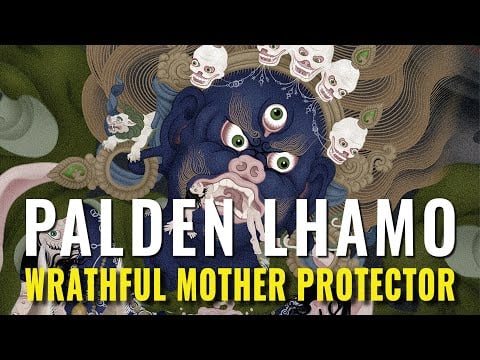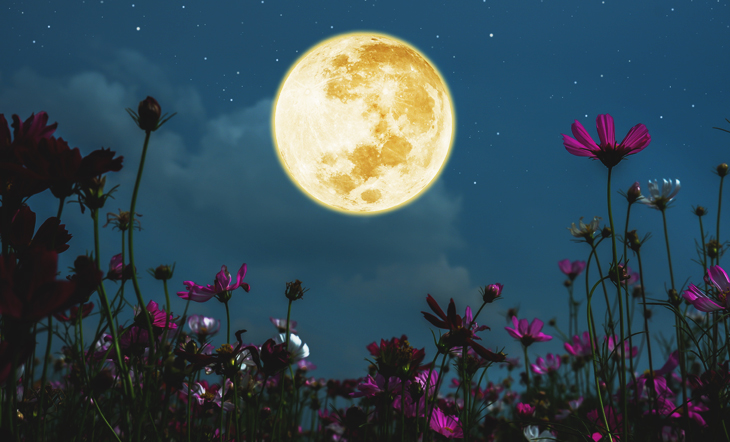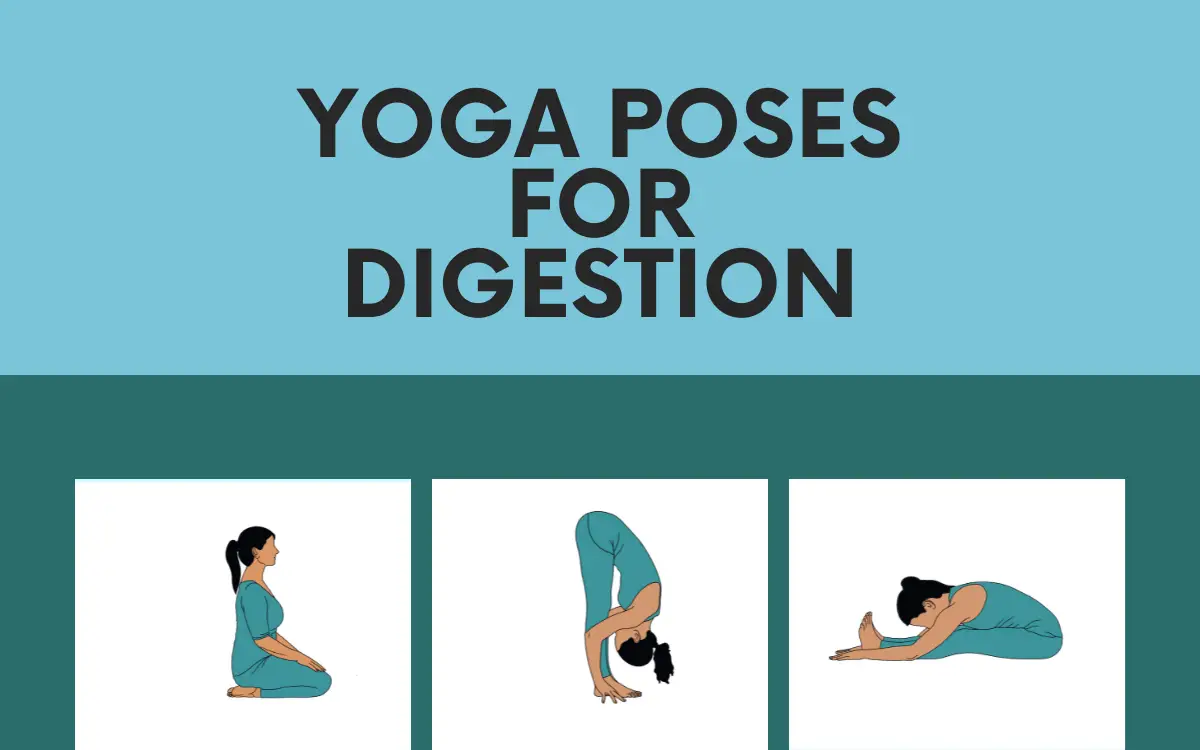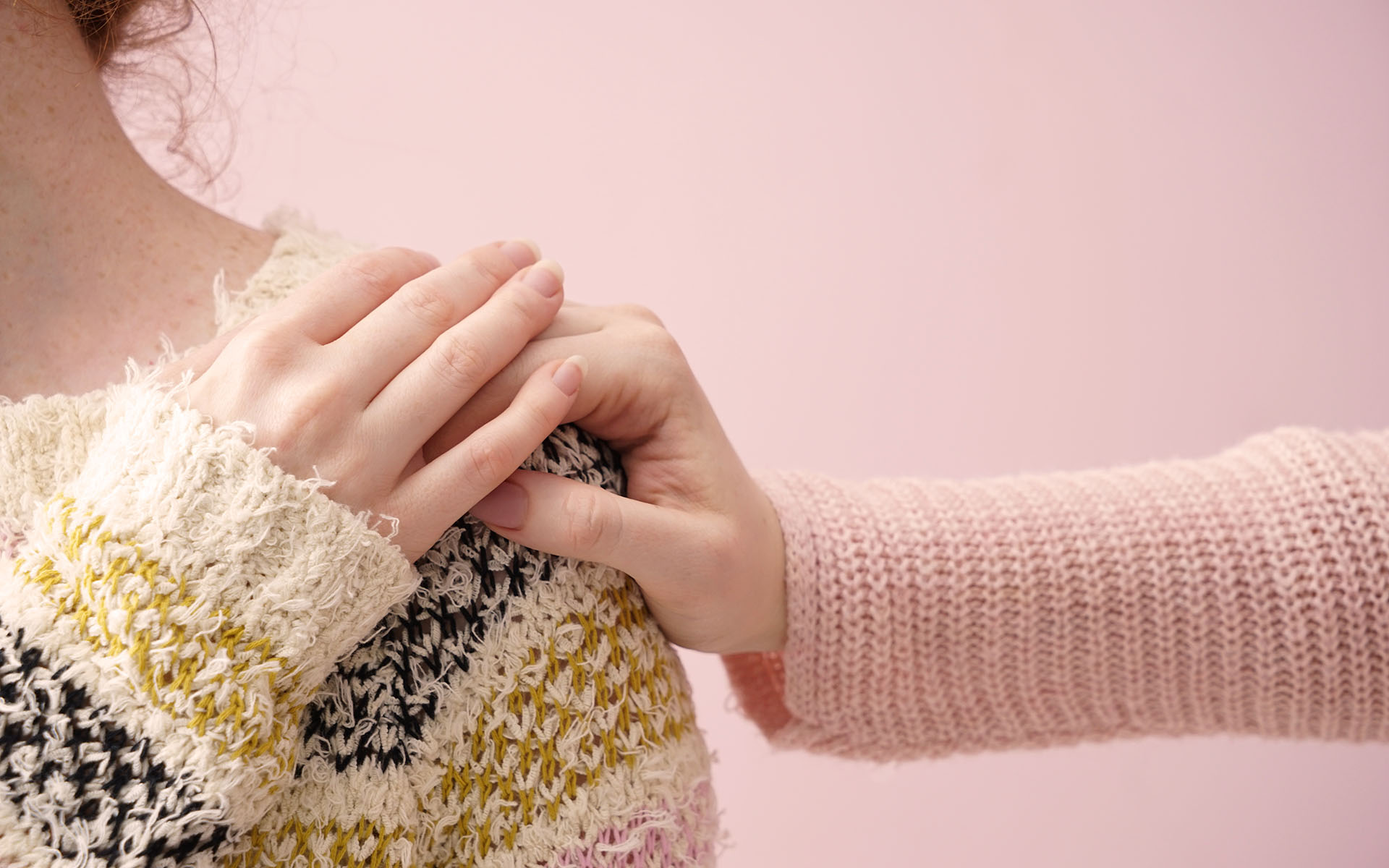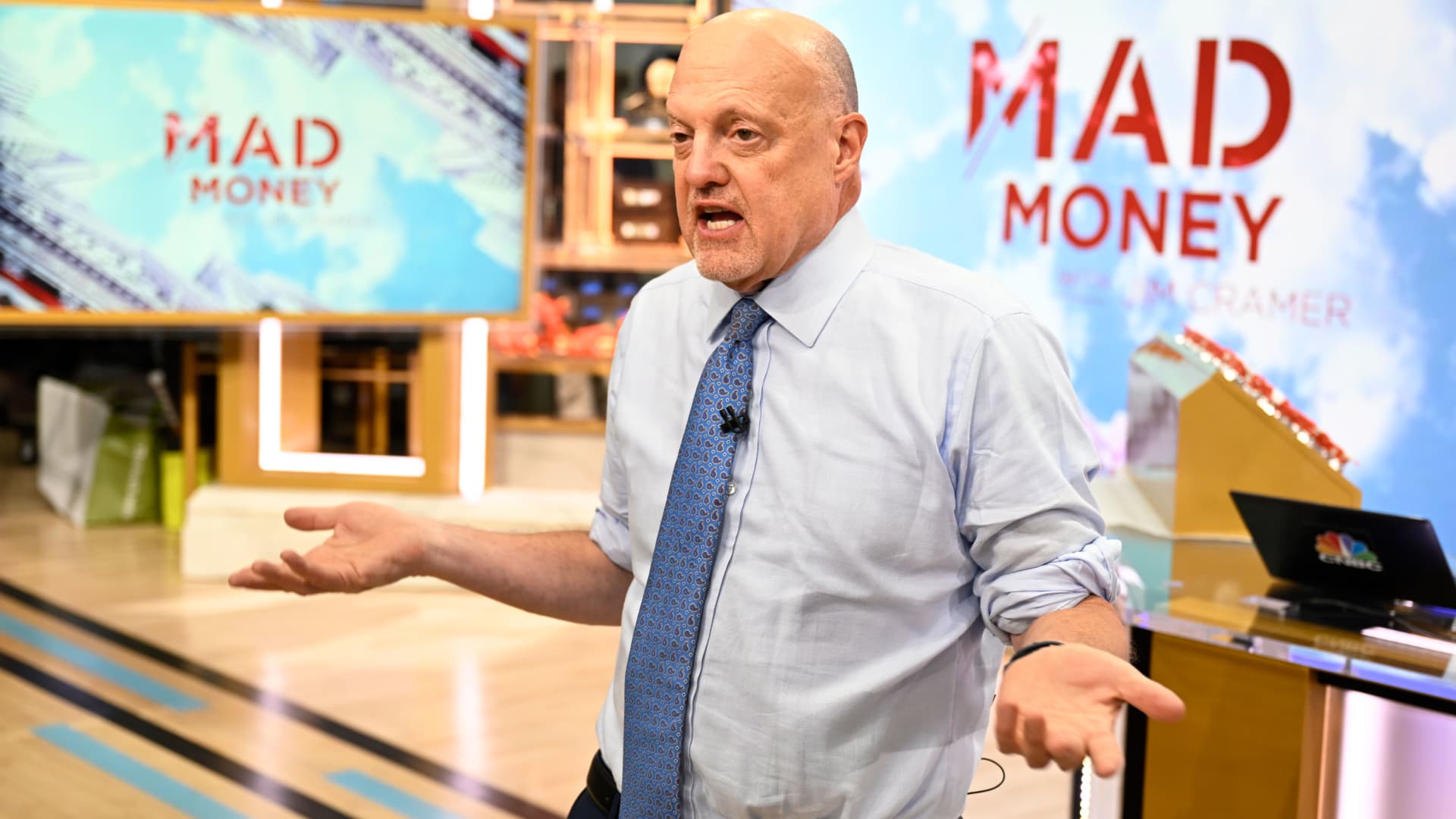11 Foods That Boost Happiness + 9 "Sad" Foods To Avoid, From A Neuroscientist
Don't allow your food choices to zap your joy.

|
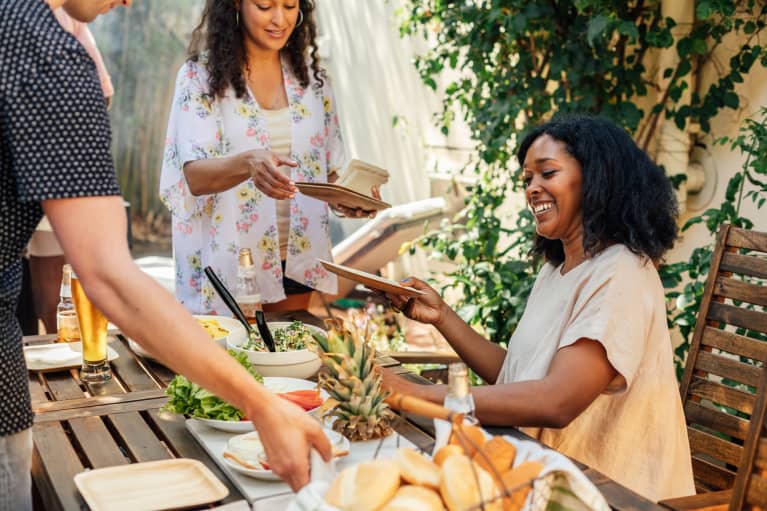
Our editors have independently chosen the products listed on this page. If you purchase something mentioned in this article, we may earn a small commission.
March 22, 2022 — 10:05 AM
One of the seven neuroscience secrets to happiness is to enjoy the real happy foods (and beverages) that will make you feel better, not just in the moment but for the long run. I have written about some of these brain-healthy eating basics in all of my books, but in this book, I am going to point you to specific “happy foods” with scientific evidence showing how they elevate moods, boost energy, and calm anxiousness and stress—the necessary ingredients for happiness. I will also share the “sad foods” to avoid—the ones that dampen your mood, zap your energy, and ramp up tension.
Functional Nutrition Training
A cutting-edge nutrition deep dive taught by the world’s foremost health & wellness experts.

The following general rules apply to all brain types, but I will also break down targeted recommendations for each of the five primary brain types. (Based on our brain imaging work at Amen Clinics, we have identified five brain types related to personality: Balanced, Spontaneous, Persistent, Sensitive, and Cautious.) Not all diets are right for all brain types.
Take it from Rachael Ray, who took our Brain Health Assessment and discovered she has the Persistent Brain Type. After going on one of those high-protein, low-carb diets, she told me, “I was so mean that I wondered why my husband didn’t leave me.” She was on the wrong eating plan for her brain type. Knowing how to eat for your brain is one of the keys to feeling happier.
Choose foods that make you happy now and later.
The real happy foods are the ones that make you feel good in the moment but also enhance your mood, energy, and physical well-being in the long run. This one simple eating strategy is the most important with respect to happiness. Think of common comfort foods like pizza, ice cream, or chips—they may give you a quick boost now but rob you of feelings of contentment later. In general, they are low-quality foods that have been scientifically engineered to taste so good that they trigger your brain’s “bliss point” and the release of some of the neurochemicals of happiness—such as dopamine—causing you to become addicted to them.
The Standard American Diet (aptly referred to as “SAD”) is filled with foods that are loaded with unhealthy ingredients and artificial chemicals that are detrimental to mental, emotional, and physical well-being. A growing body of research shows that the SAD diet increases your risk for depression, anxiety disorders, ADHD, and dementia, as well as diabetes, hypertension, heart disease, and cancer.
As a psychiatrist who has met with tens of thousands of patients over more than 30 years, I can tell you that having any of those issues steals your joie de vivre.
Foods that make you happy now...and later include:
I call these the weapons of mass destruction because they are destroying the health of America, and we are exporting these food patterns around the world. These are foods that make you happy now but make you feel bad, tired, anxious, or stressed later. They include foods that are:
In the book, I give you a list of nearly 200 specific happy foods and an additional 12 rules for happy eating, including how to eat for your brain type. For example, people with the Spontaneous Brain Type tend to do better with a higher-protein, lower-carbohydrate diet while those with the Persistent Brain Type (like Rachael Ray) respond better to an eating plan focused on complex carbohydrates with lower amounts of protein. When you tailor the general rules to your specific brain type, it will help you feel healthier and happier than ever.
Excerpted from You, Happier: The 7 Neuroscience Secrets of Feeling Good Based on Your Brain Type by Daniel G. Amen, M.D.
You, Happier: The 7 Neuroscience Secrets of Feeling Good Based on Your Brain Type is written by psychiatrist, neuroscientist, and brain health expert Daniel G. Amen, M.D. In this book, he reveals how to discover your brain type and tailor happiness strategies best suited to your brain type. This book also shows how to improve your overall brain health to consistently enhance your mood, protect your happiness by distancing yourself from the “noise” in your head, and make seven simple decisions and ask seven daily questions to boost your happiness.
https://www.mindbodygreen.com/articles/foods-that-support-happiness

 MikeTyes
MikeTyes 








